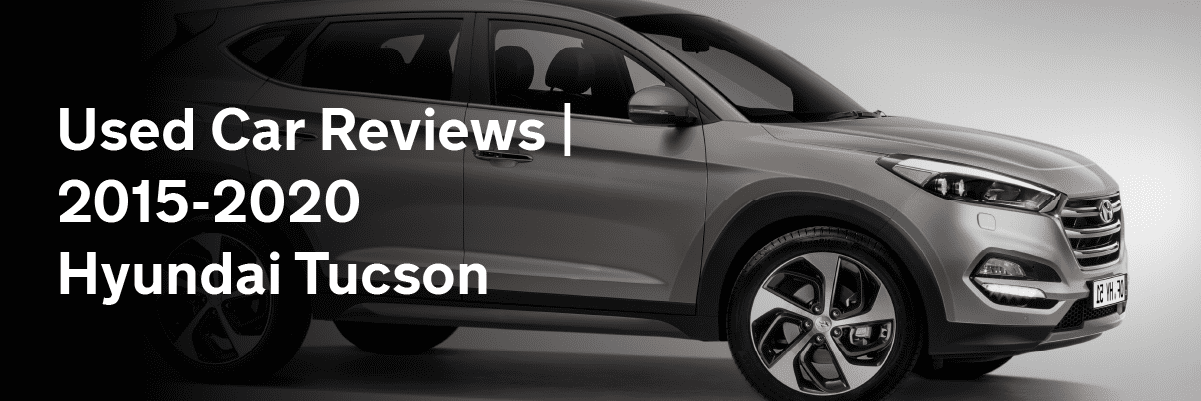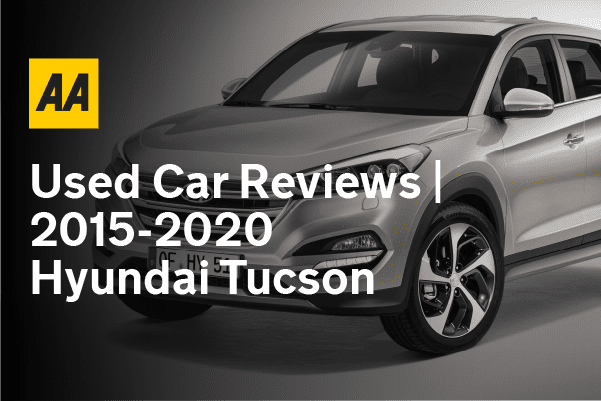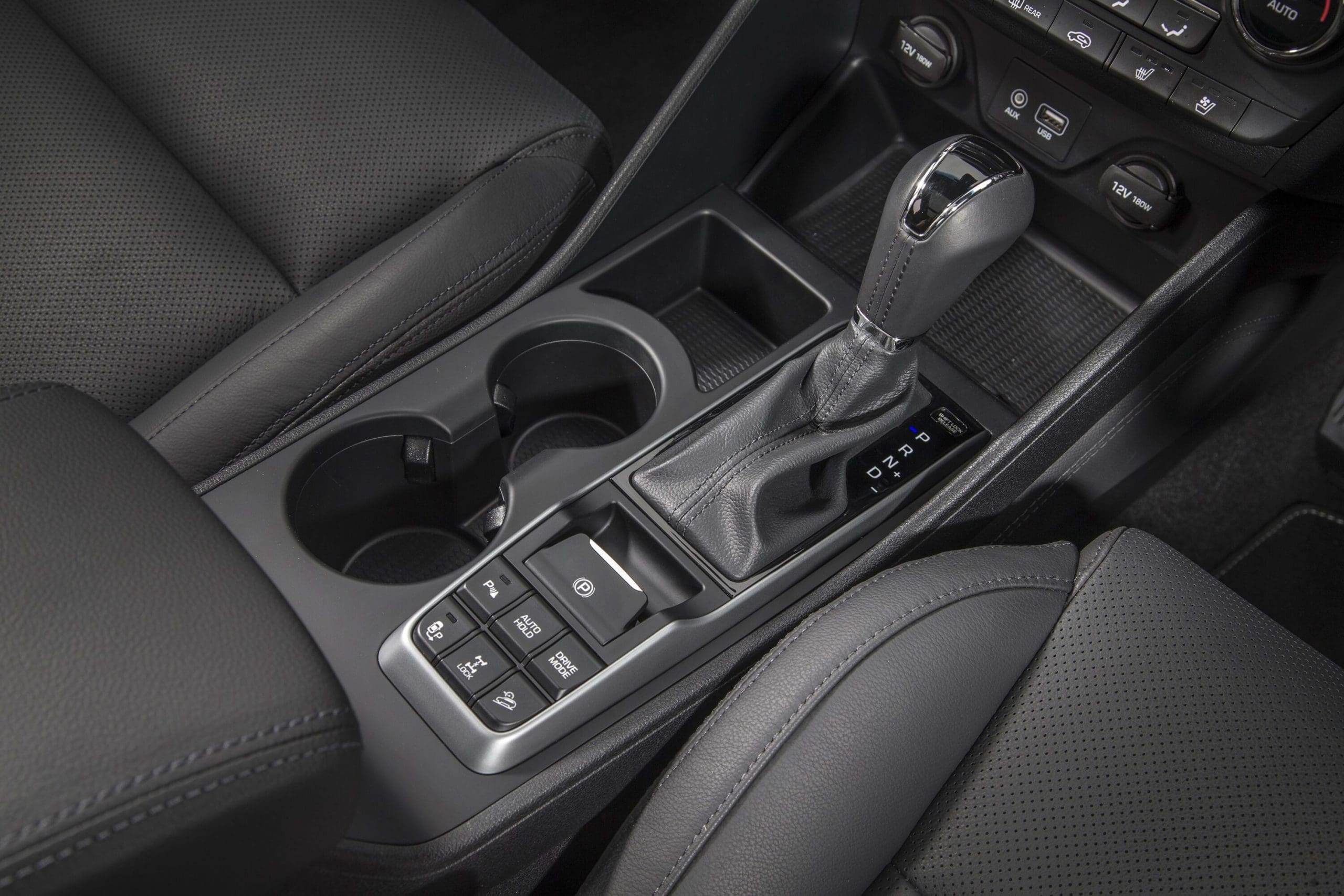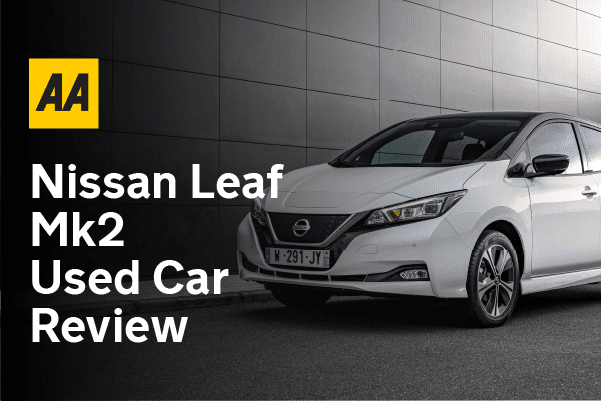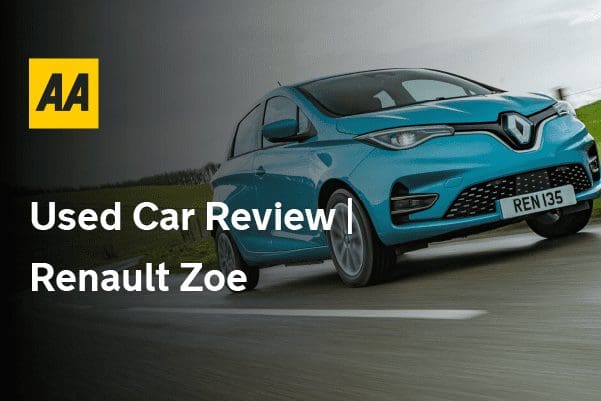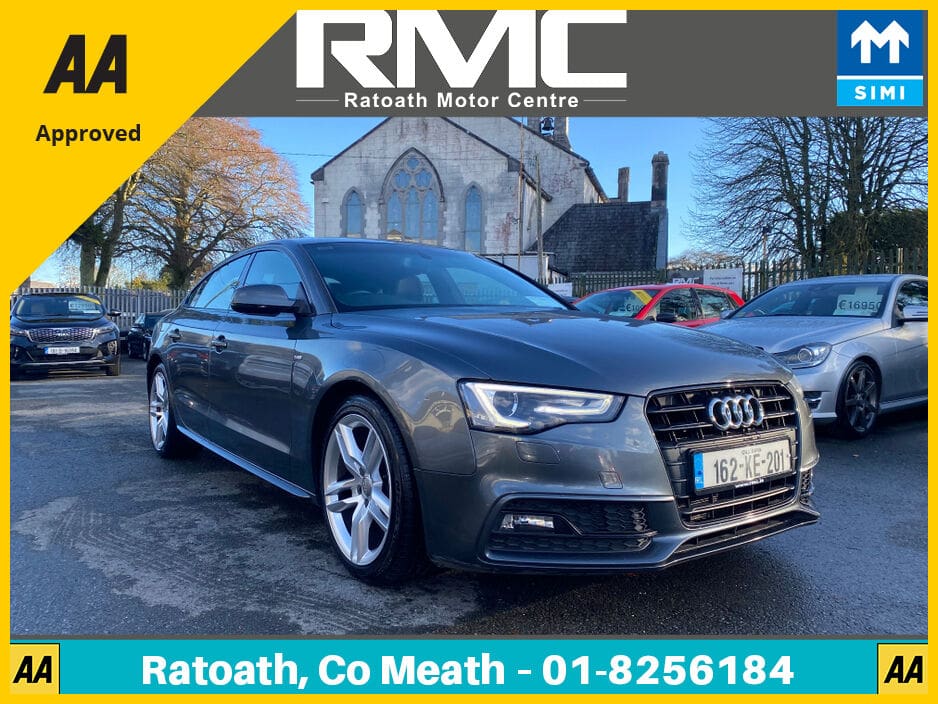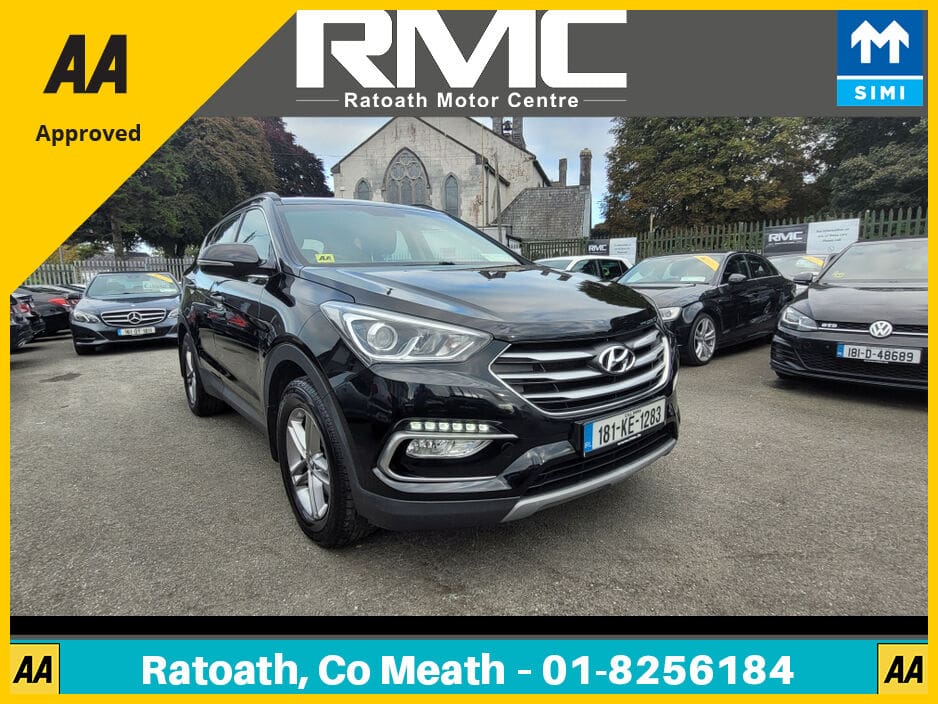What is the Hyundai Tucson?
From the mid-2000s onwards, the family car class saw a transformation. Conventional hatchbacks and saloons began to lose popularity and be replaced by compact SUVs such as the Hyundai Tucson, offering chunky SUV, a tall driving position and a practical body shape.
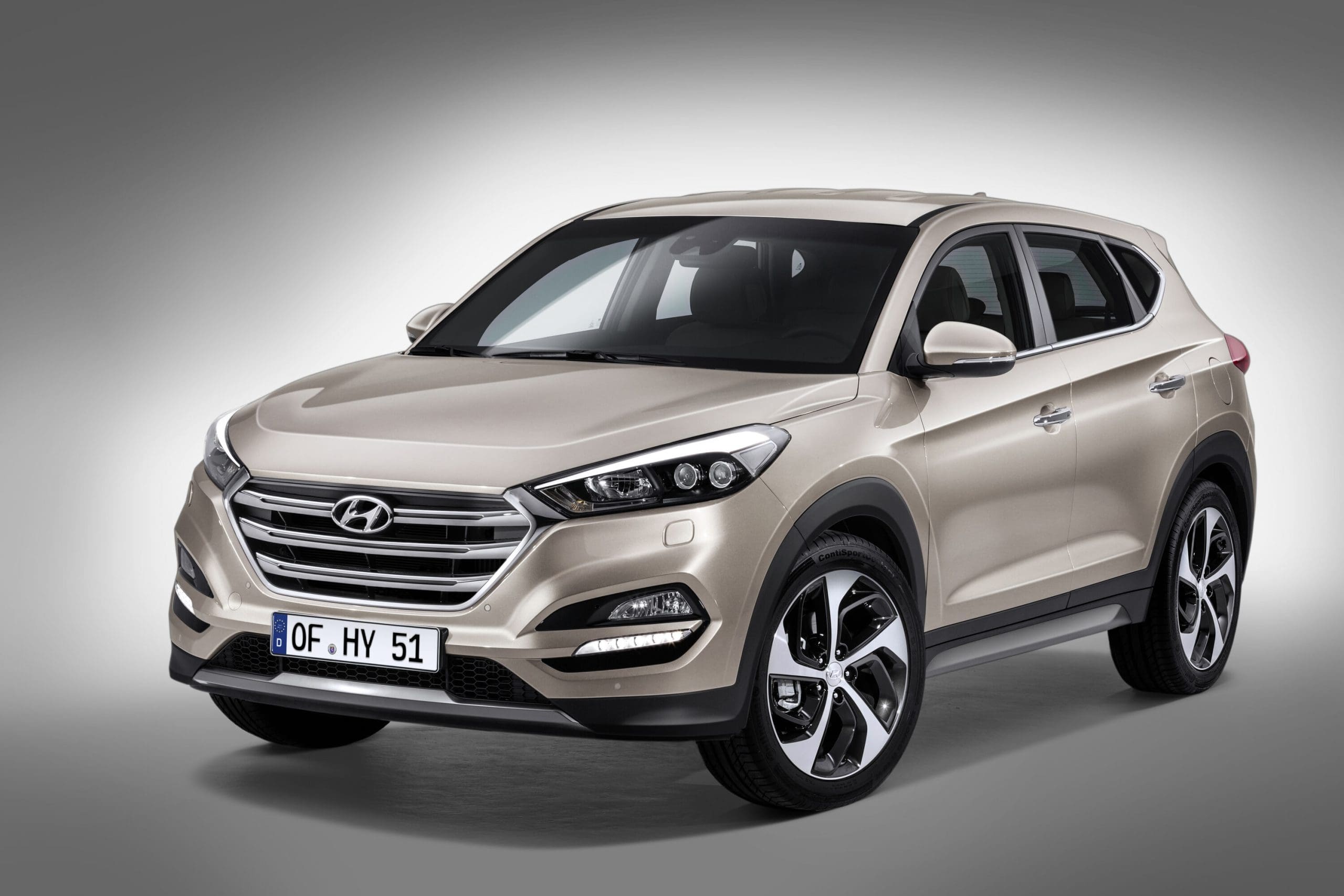
This generation Tucson was a big seller, so there are plenty about. It replaced the ix35 in Hyundai’s SUV line-up, a car which had replaced the original Tucson back in 2009. So essentially this model is the third generation of Hyundai compact SUV, even though it’s only the second one to wear the Tucson badge. Either way, the Tucson is a good choice as a used compact family SUV, thanks to its tough build and generous level of equipment, while used examples are plentiful.
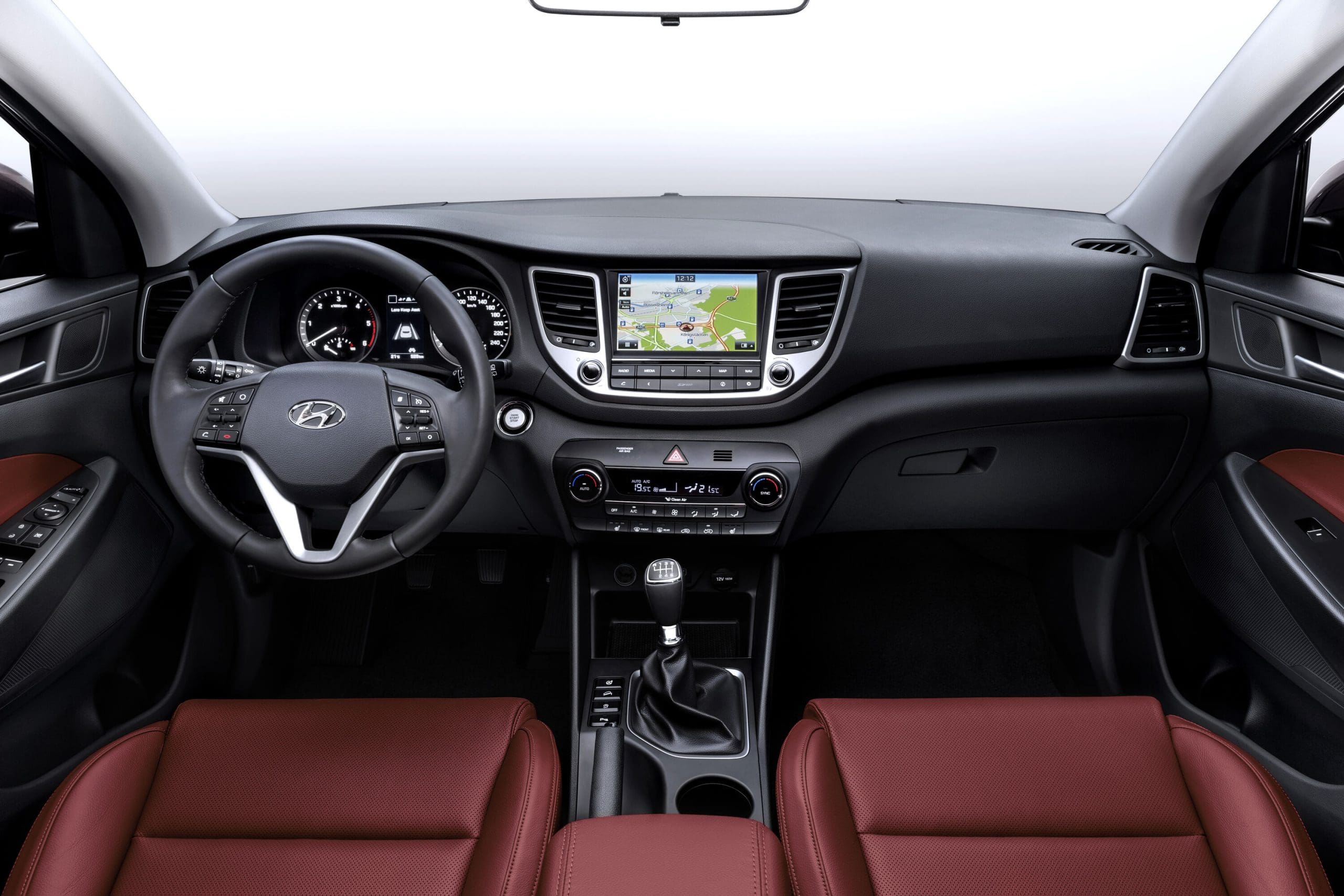
But since the compact SUV class exploded, there are loads of alternatives available. The Kia Sportage uses the same engines and gearboxes as the Tucson, while its on-board tech is similar, too. Other options from Japan include the Toyota RAV4 (another popular model in Ireland), Honda CR-V and Mazda CX-5, while the Nissan Qashqai was the car that kick-started the compact SUV craze. Nissan’s manufacturing partner Renault offered the Kadjar, which was a Qashqai with a different body and cabin layout, while the Volkswagen Group had a triple-pronged offering in the forms of the VW Tiguan, SEAT Ateca and Skoda Karoq. You can’t discount the Ford Kuga, either, while the Peugeot 3008 and Opel Grandland are two cars that are based on the same platform and use the same running gear. Lots to consider, in short.
Which Tucson to go for?
The line-up of this generation Tucson is straightforward, with petrol and diesel engines offered, and only mild-hybrid tech available on later versions – full hybrid and PHEV powertrains would wait until the following generation. You’ll also find that the vast majority of Tucsons are front-wheel drive, with four-wheel drive only available with the most powerful 185hp 2.0-litre diesel engine. The two-wheel-drive version will be fine for most needs unless you need a tow car or live off the beaten track.
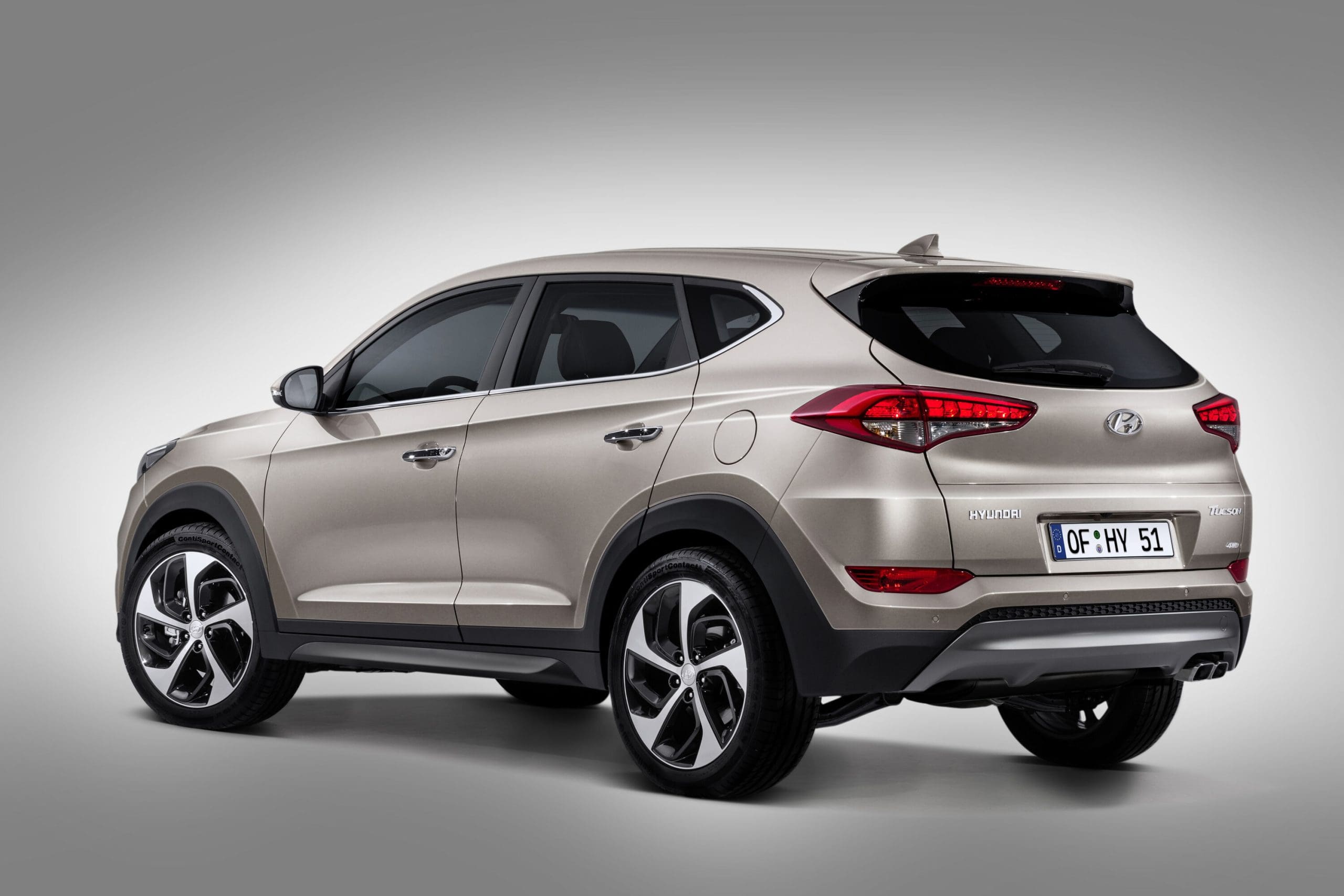
Initially the Tucson came with a 1.7-litre diesel with 116hp or 141hp, and this was replaced by a more efficient 1.6-litre diesel in 2018 as part of a midlife facelift. This was offered in 115hp or 136hp states of tune, and there was only a minimal drop off in performance when compared with the older engines in exchange for greater efficiency from a system that incorporated 48-volt mild-hybrid technology. One plus point from this tech is that it works in the background, so doesn’t require you to change your driving style to benefit from improved efficiency or plug the car in. All these diesels came with a six-speed manual gearbox, while the more powerful engines were offered with the option of a seven-speed automatic.
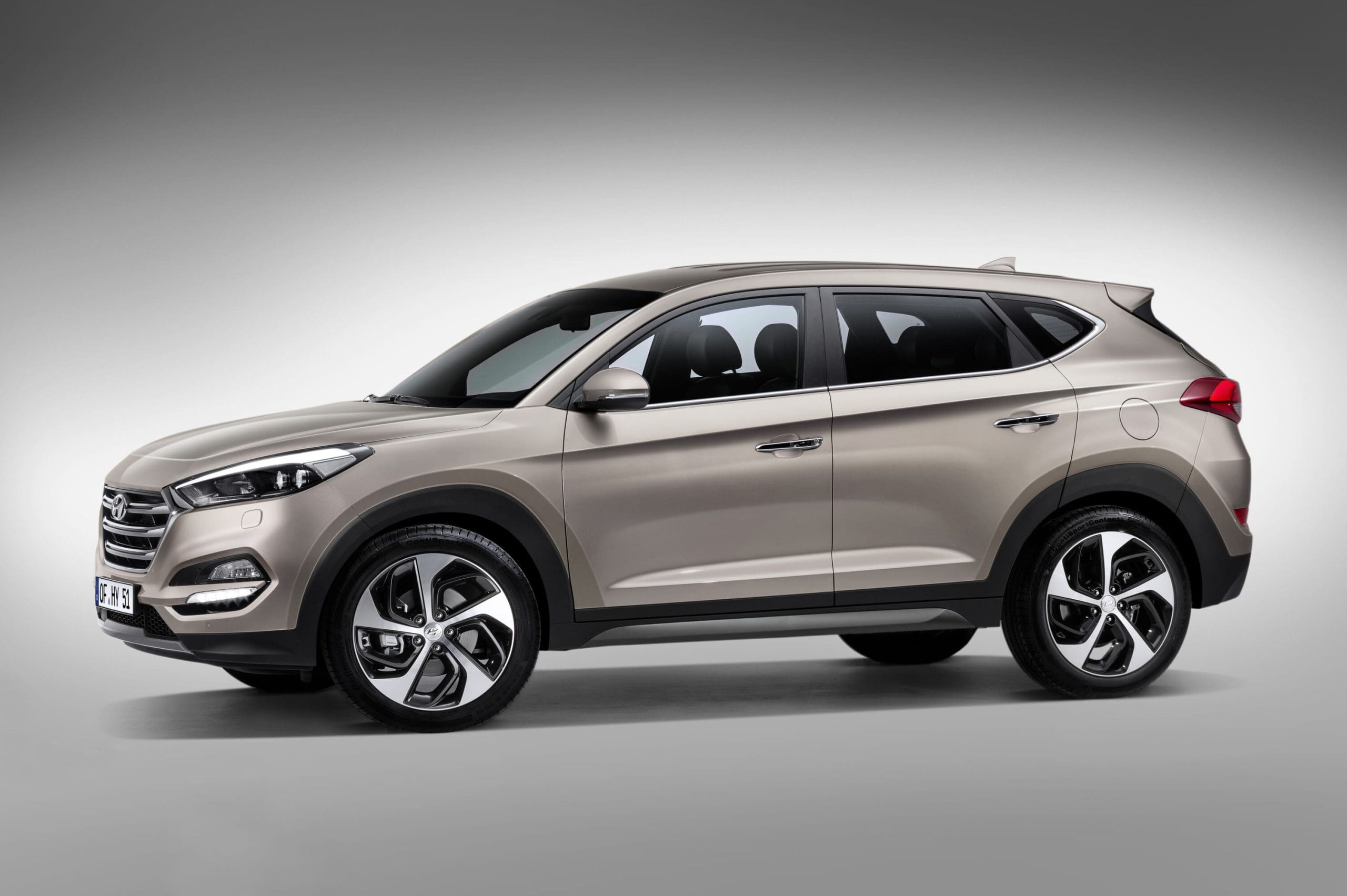
The majority of Tucsons sold in Ireland were diesels, but there are a couple of petrol options available which also came with mild-hybrid technology. The 132hp 1.6 GDi kicks off the petrol line-up, although the turbocharged 1.6 T-GDi is more potent – with 177hp – yet offers similar fuel economy. Whichever engine you choose, there are manual and automatic gearbox options available.
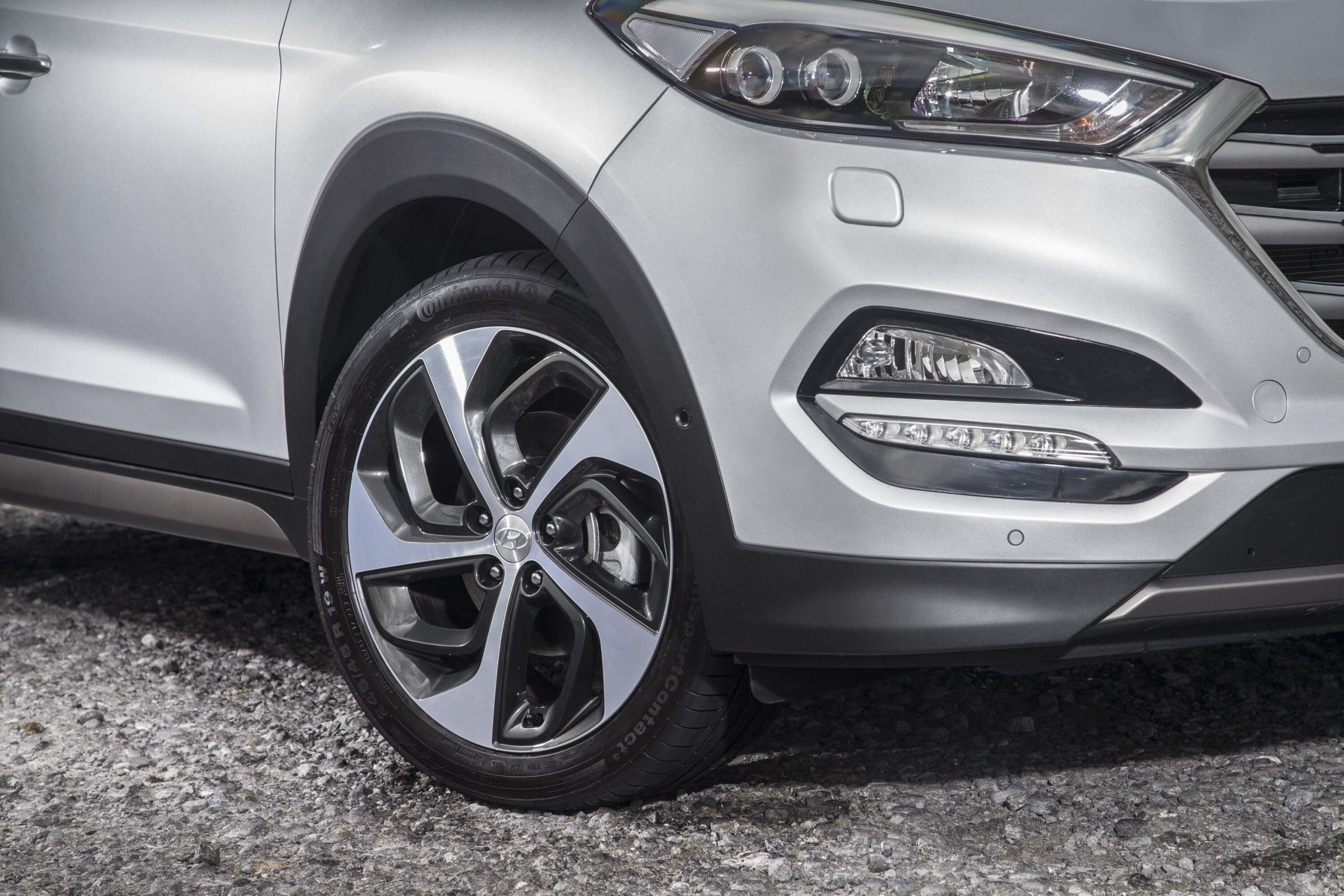
One thing that Hyundai is famous for is the generous standard equipment it offers on its cars. The Tucson came in Comfort and Executive specifications, while Plus versions of both added even more kit. It’s worth noting that aside from colours, there weren’t any other options available to add when the Tucson was new, so all used cars at each trim level will feature the same equipment.
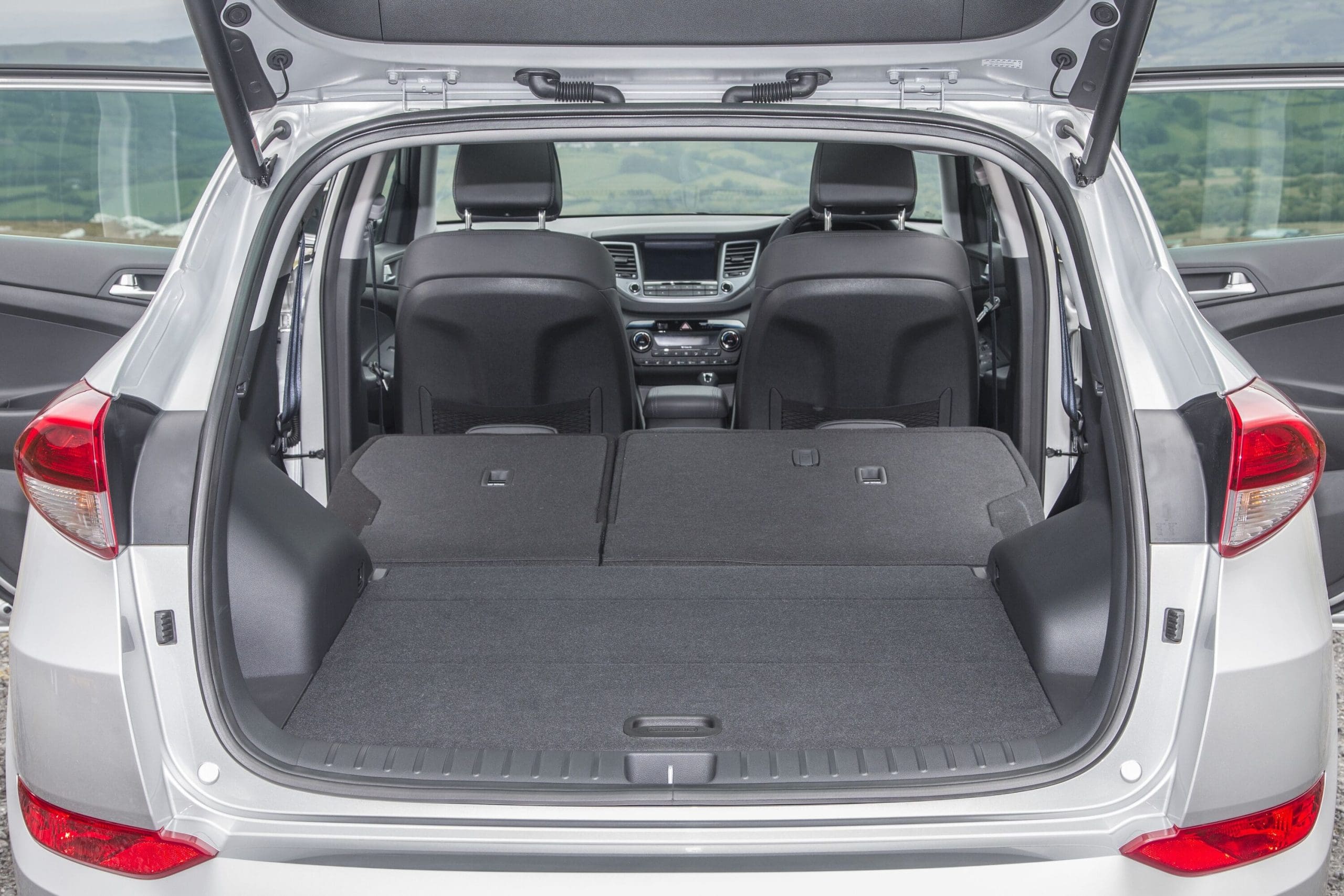
The later facelifted models from 2018 onwards have better efficiency without sacrificing much in the way of performance, but if you’re not too fussed about that, then any version of the Tucson is worth checking out. The Plus models, while pricey to upgrade to when new, will offer a lot of equipment for not much extra outlay over the standard variants on the used market.
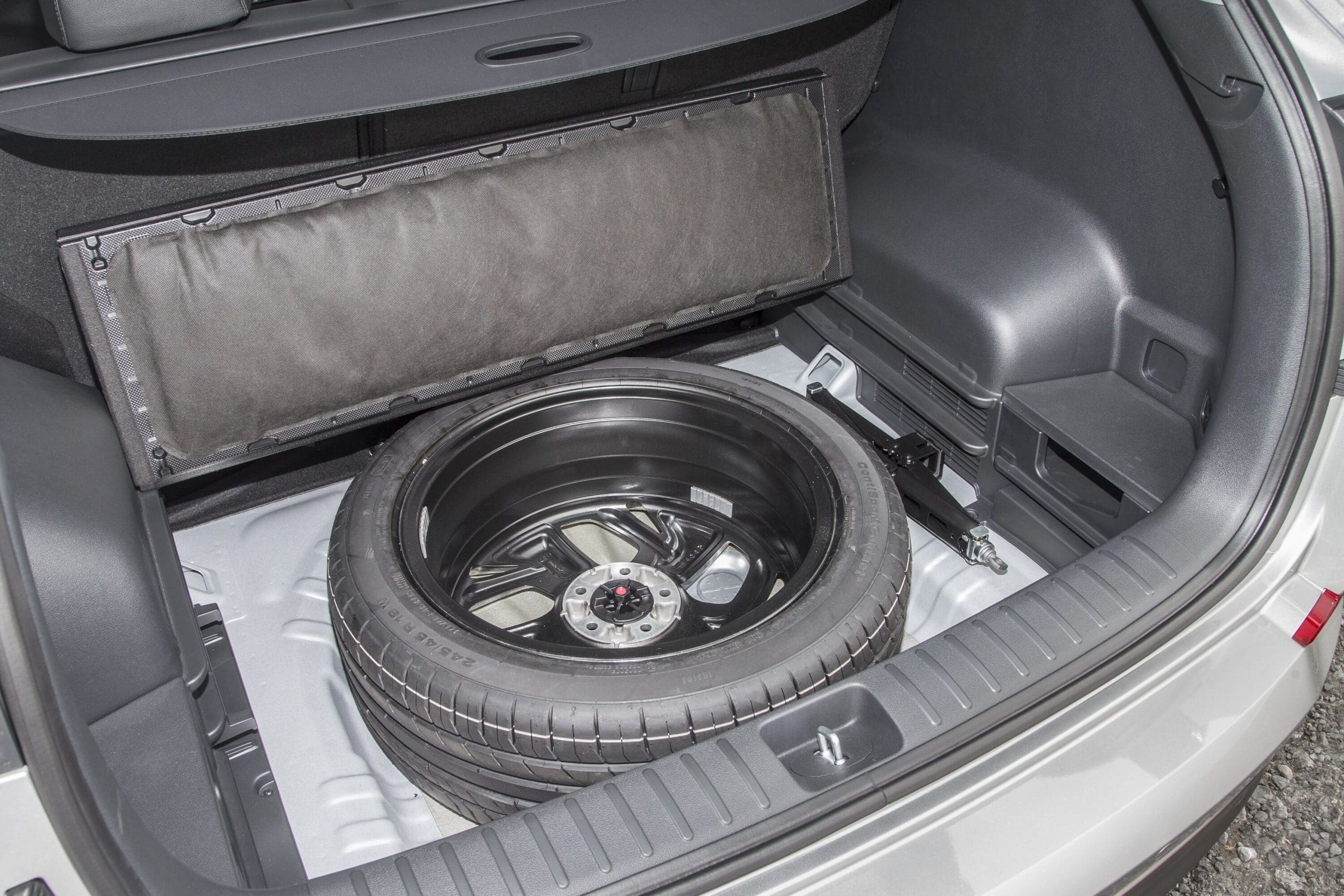
There’s just one five-door body style to choose from, so your options are limited to whether you want four-wheel drive and a choice of manual or automatic gearboxes.
What’s the Tucson like to drive and be in?
If you’re looking for a car that can carry a family of four and their luggage with zero fuss, then the Hyundai Tucson fits the bill. It’s not a car that will offer much in the way of fun driving, but the light steering and user-friendly controls mean the Tucson is easy to manoeuvre, while that raised driving position offers a clear view ahead.
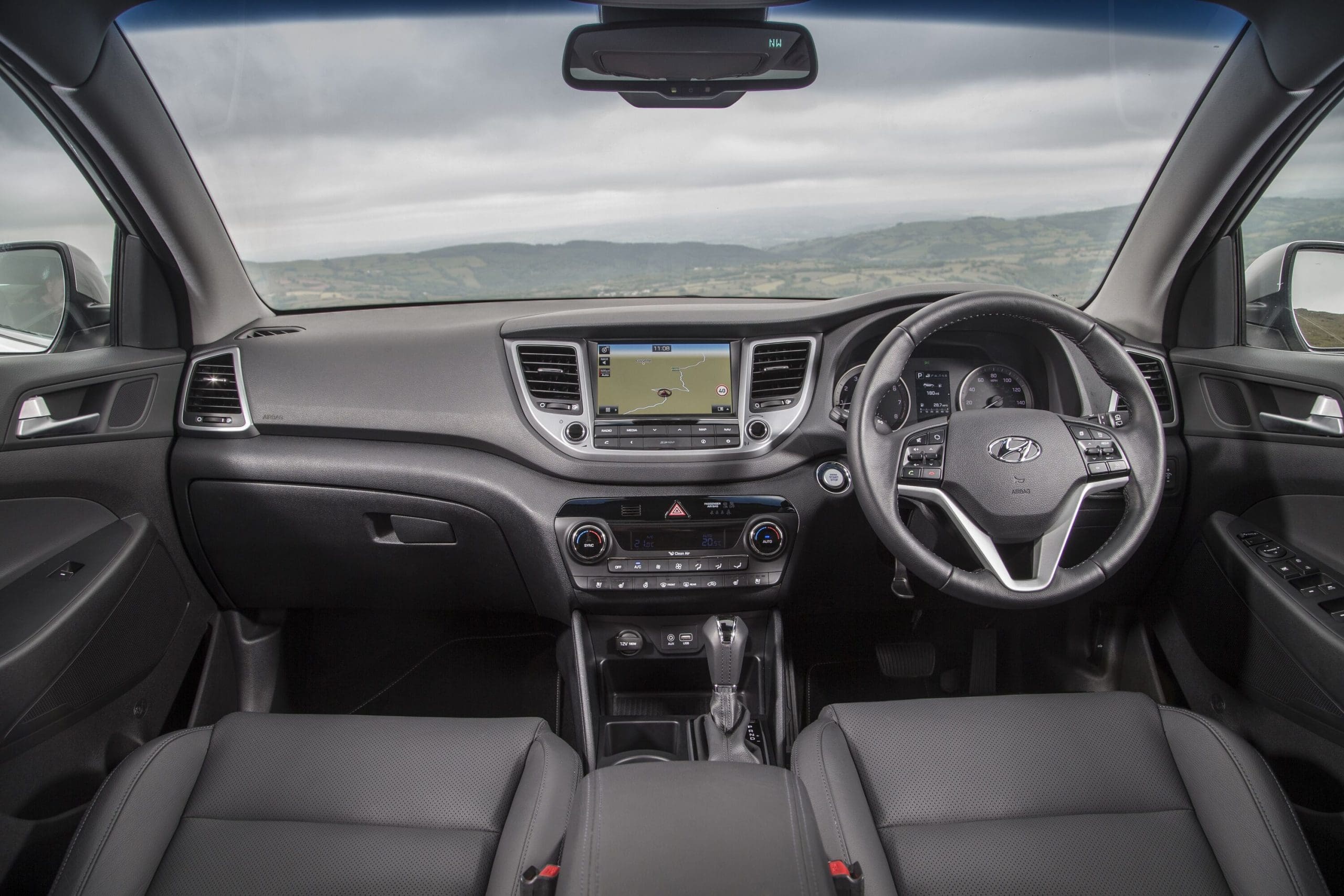
The diesel engines that make up most cars on offer in Ireland are punchy enough in most circumstances, but if you’re going to be travelling over longer distances and with more than one passenger on board, then the more powerful units are the ones to choose. Manual gear changes are simple enough, while the automatics take the strain out of shifting gears and are smooth.
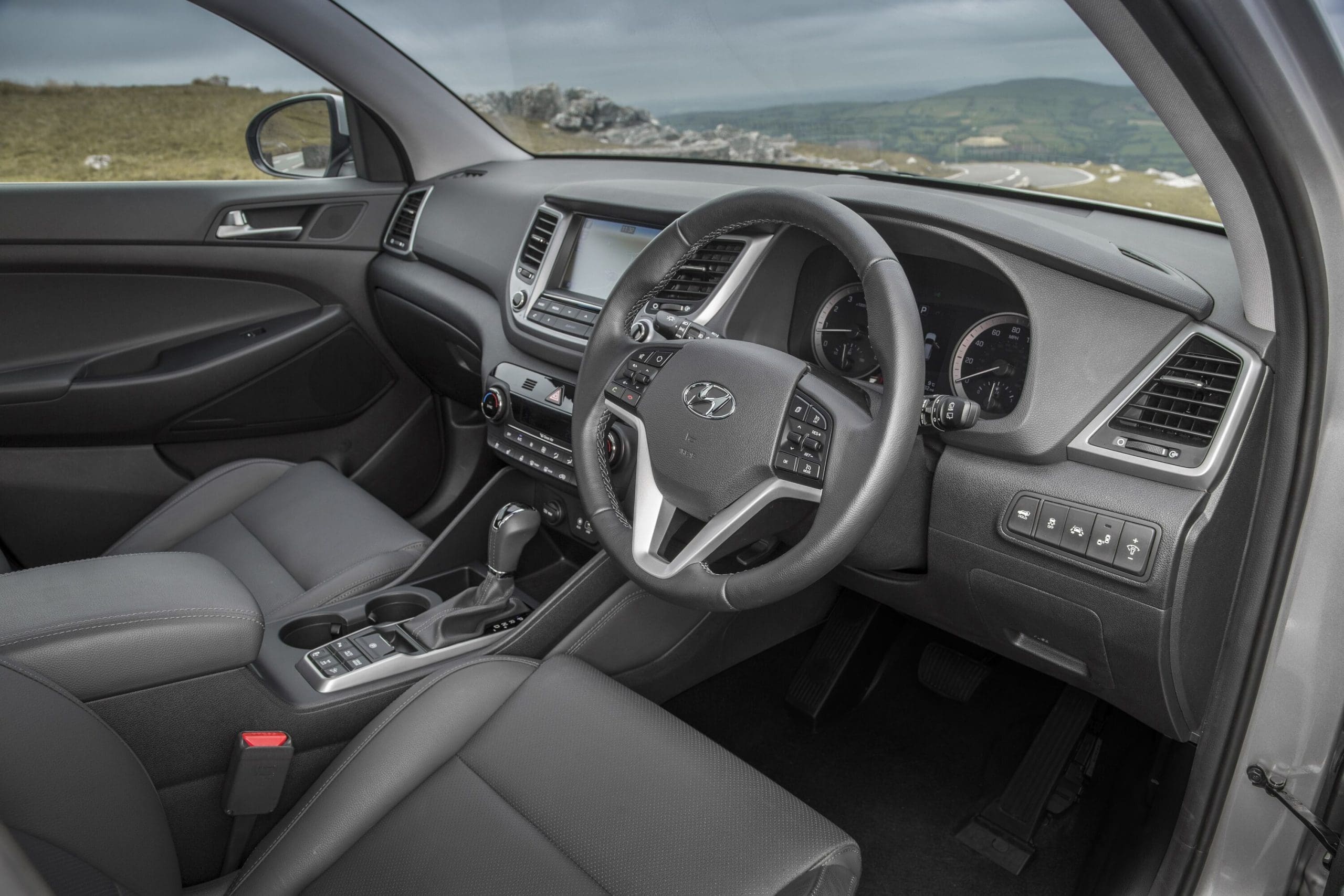
Most versions of the Tucson are well equipped, although entry-level cars do without parking sensors, which would help you out when reversing, especially since the thick rear window pillars and tinted windows do hinder your rear view a touch.
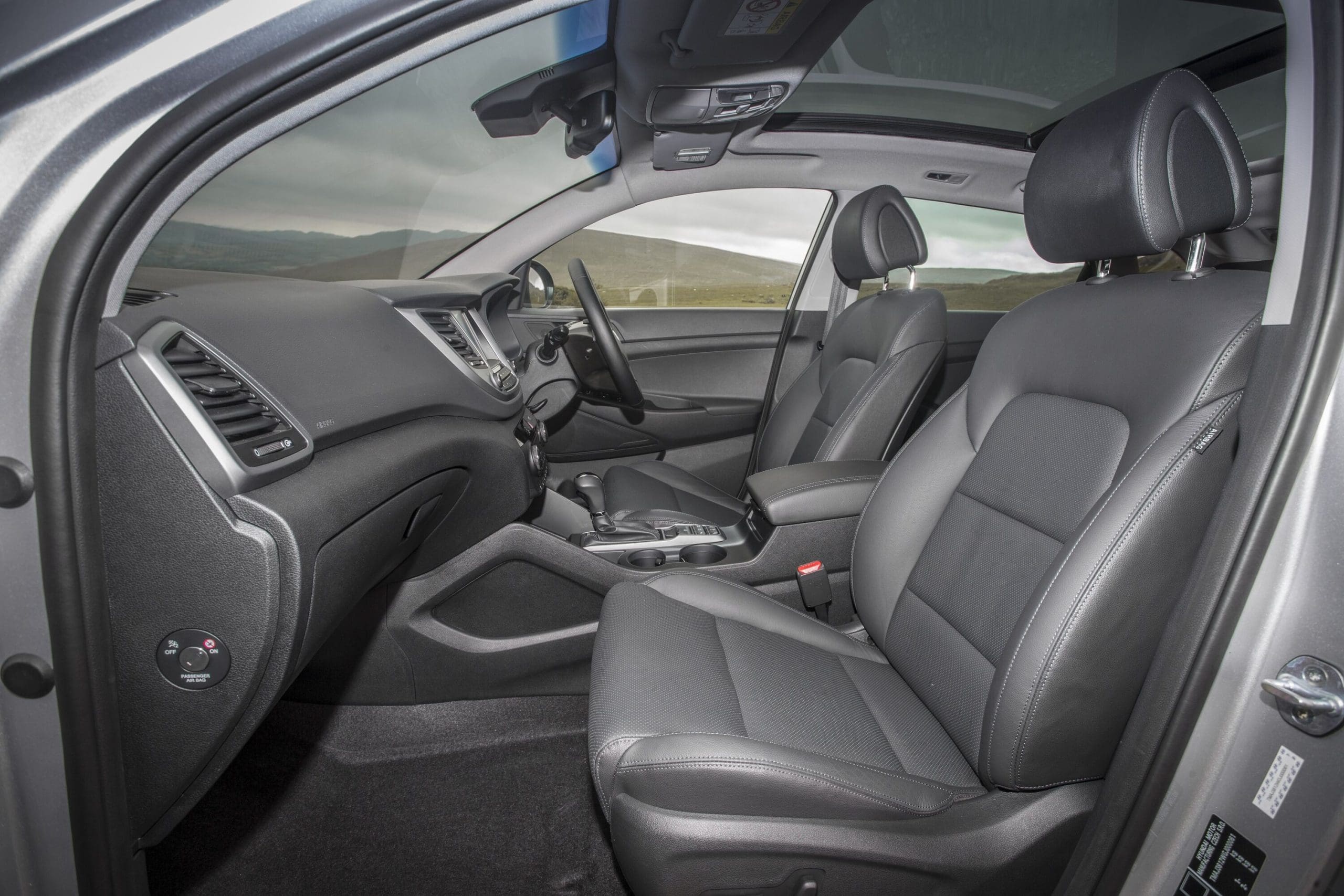
The cabin layout is straightforward, with plenty of physical buttons and knobs to use. Touchscreen technology is offered, but there are buttons to go along with it, while the cabin layout is more logical than stylish, with lots of hard plastics and silver-effect trim, but that’s not necessarily a bad thing because build quality is decent.
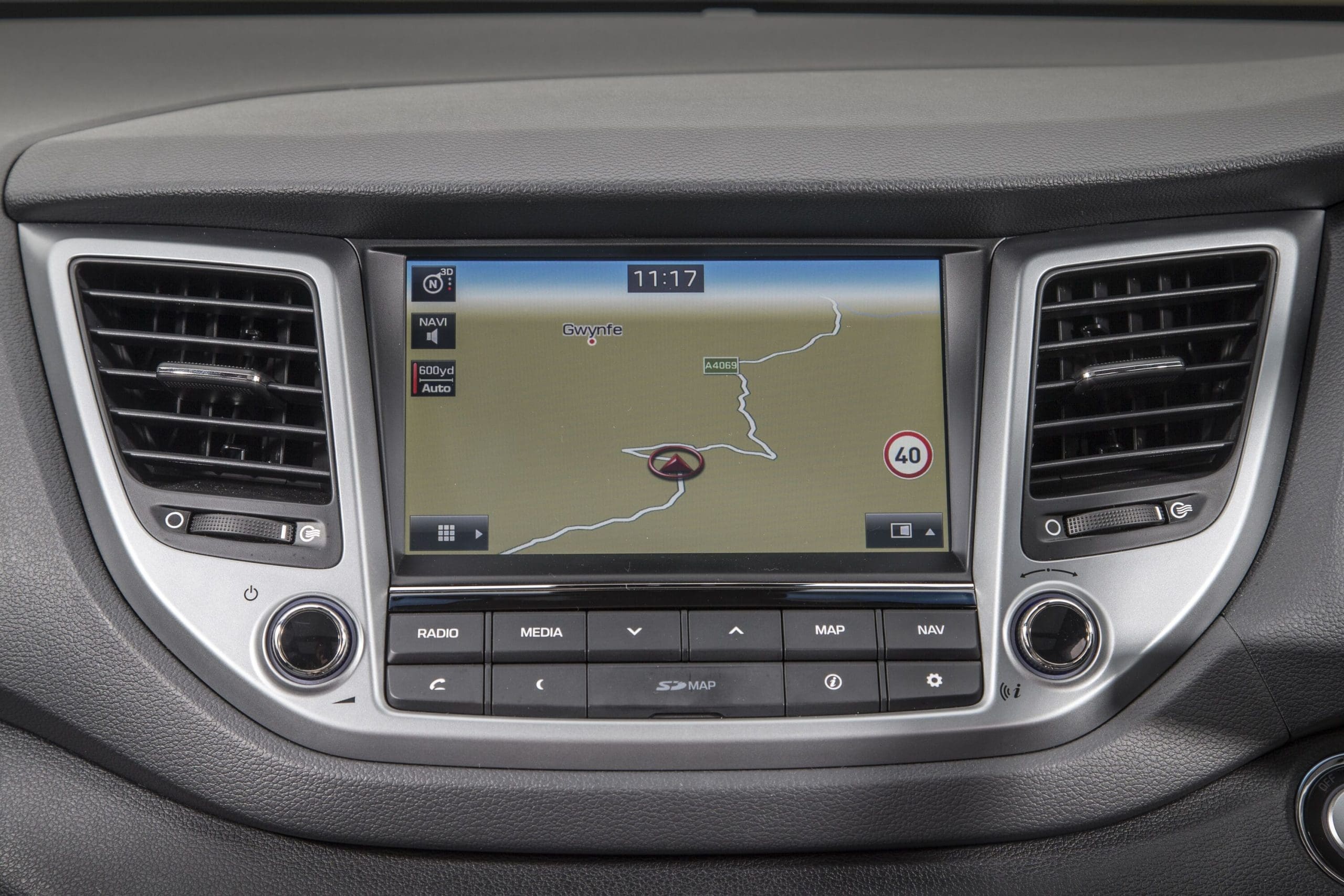
The back seat has good space for two, and three up isn’t going to be too much of a squeeze. A boot capacity of 513 litres sounds better than a lot of rivals in the compact SUV class, but this figure is just for the petrol model. The diesels are fitted with an AdBlue tank to reduce their emissions, and this is located towards the rear of the car and cuts boot space to 484 litres, while the four-wheel-drive model accommodates just 459 litres thanks to the extra running gear under the floor. All models have decent space for luggage, though, while the back seats fold easily to create even more room. There’s no under-floor storage, but all versions of the Tucson bar the 2.0-litre diesel come with a space-saver spare wheel.





